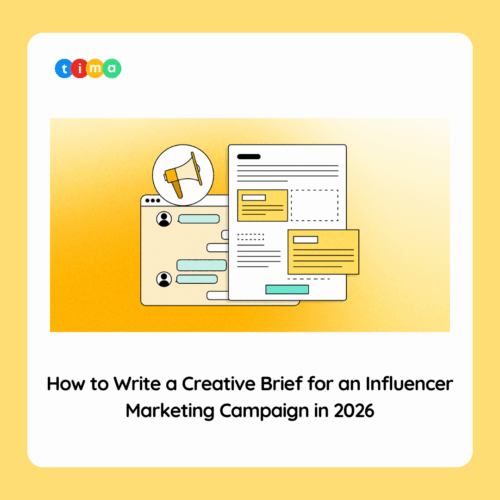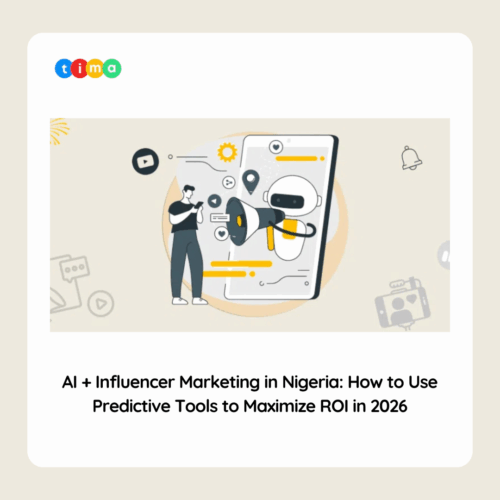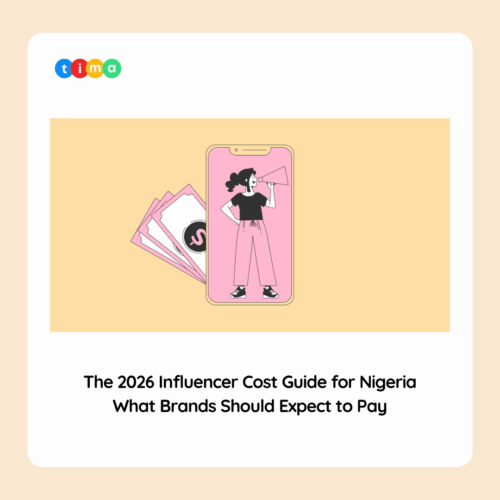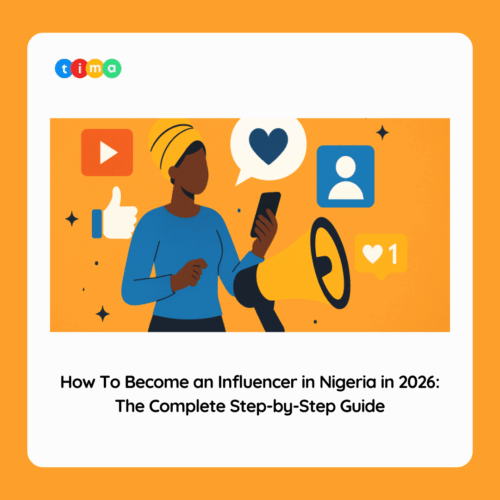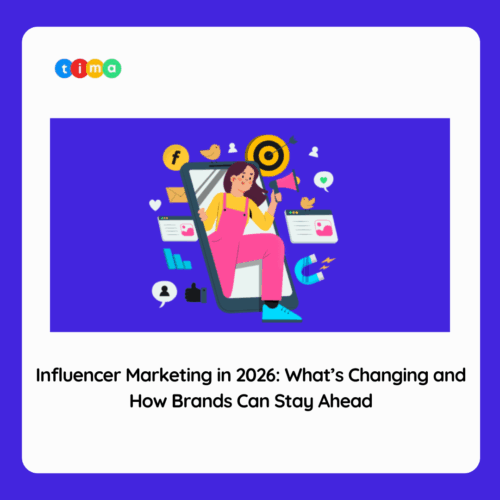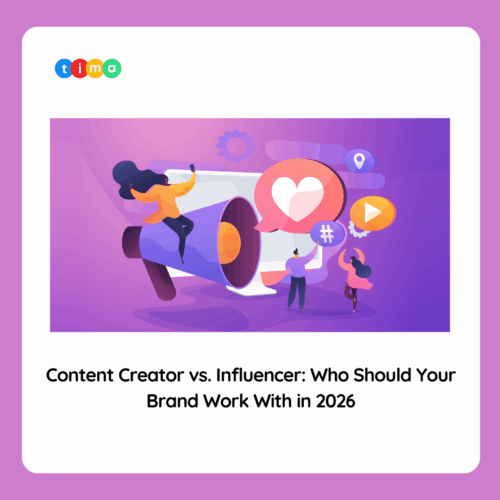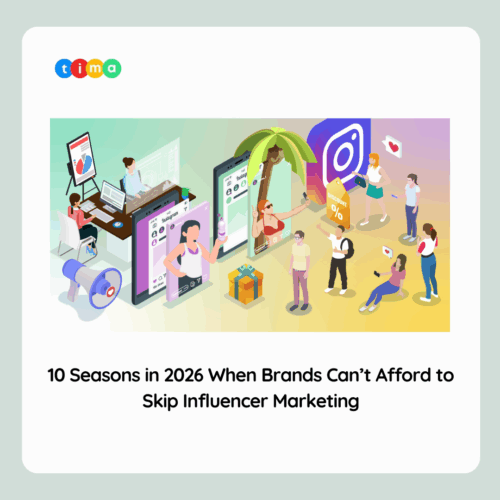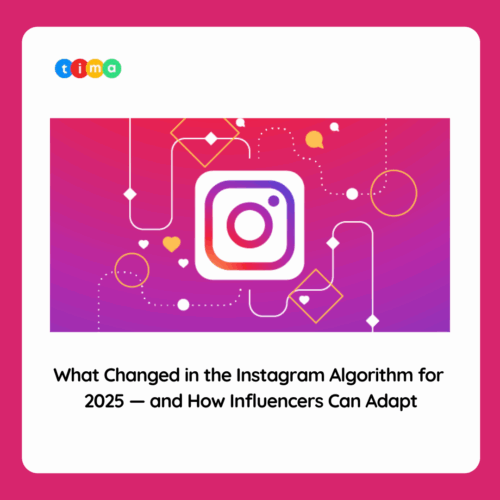Influencer marketing is now a cornerstone for modern brands seeking to build trust and reach wider audiences. However, one of the biggest challenges marketers face is creating a well-planned, profitable budget for their campaigns. A smart influencer ad budget can make or break the success of your campaign, especially in a fast-paced, competitive landscape like Instagram, TikTok, and YouTube.
This article will guide you through the essential factors to consider when creating an ads budget for your next influencer campaign to ensure profitability and a high return on investment (ROI).
Understanding Your Campaign Goals
Before diving into numbers, you need to clearly define your campaign objectives. Are you aiming for brand awareness, engagement, conversions, or direct sales? Each goal will influence how much you should allocate to your budget.
For instance, if your objective is brand awareness, you might focus on influencer reach and engagement, with a higher budget going towards influencers with large, highly engaged followings. On the other hand, for conversion-oriented campaigns, your budget should focus on influencers with a proven track record of driving sales through affiliate links or discount codes.
Choosing the Right Influencers
Influencers come in different categories based on their follower counts, and each category has a different price range. These include:
- Nano influencers (1k – 10k followers): $10 – $100 per post
- Micro influencers (10k – 100k followers): $100 – $500 per post
- Macro influencers (100k – 1M followers): $1,000 – $10,000 per post
- Mega influencers (1M+ followers): $10,000+ per post
Your influencer selection should depend on your target audience and budget. Micro-influencers often have better engagement rates, while mega-influencers offer large-scale visibility. A study by Influencer Marketing Hub found that micro-influencers can deliver 60% more engagement than macro-influencers, and they can be up to 6.7x more cost-efficient per engagement.

Ads Budget for Influencer Campaign
Budgeting doesn’t just involve influencer fees. You must also account for other costs, such as:
- Creative production costs: If you’re providing influencers with product samples, custom props, or videography/photography services, these must be factored in.
- Platform promotion fees: If you’re amplifying your influencer content with paid social ads, budget for Facebook Ads, Instagram Ads, and TikTok Ads. For instance, the average cost per click (CPC) on Instagram is around $0.70 – $1.00, while TikTok CPC ranges from $0.19 – $2.00 depending on the region and ad type.
- Agency fees: If you’re working with an influencer marketing agency like TIMA, account for agency management fees, which could be a flat rate or a percentage of your total budget (typically around 10-30%).
- Tracking and reporting tools: Tools to measure ROI, engagement rates, and conversions can also impact your budget. Popular influencer marketing platforms like Upfluence, Aspire, and HypeAuditor can cost anywhere from $100 to $1,000+ per month, depending on the features you need.
Allocating Ads Budget for Influencer Campaign Based on Influencer Type
A balanced budget includes a mix of influencer tiers. For example:
- 60-70% of your budget could go towards micro-influencers who offer high engagement and authenticity.
- 20-30% towards macro-influencers for broader reach and brand awareness.
- 10% on paid ads to amplify top-performing posts or reach more targeted demographics through programmatic ads.
This mix allows you to tap into the intimate connection of micro-influencers with their followers while leveraging the wider reach of macro-influencers.

Running a Test Campaign
A critical part of crafting a profitable influencer ads budget is running a test campaign before you go all in. Allocate a small portion of your budget (typically 10-20%) to run a pilot campaign. This trial run helps you understand which influencers, platforms, and content styles work best for your brand.
Analyzing the performance metrics (engagement rate, CPC, cost per acquisition (CPA), and return on ad spend (ROAS)) will allow you to adjust your main campaign’s budget for maximum profitability.</p><h3>Including Paid Ads into Ads Budget for Influencer Campaign
Boosting influencer content through paid ads is a surefire way to extend your campaign’s reach and performance. According to a 2023 report by Influencer Marketing Hub, influencer-generated content paired with paid social ads can yield a 3x to 5x higher ROI than influencer content alone. Here’s how you can structure this:
- Allocate 10-15% of your budget for paid social amplification. By promoting influencer content as ads, you can target specific audience segments that may not have been reached organically.
- Use the influencers’ likeness in your ads. TikTok and Instagram’s Branded Content Ads allow you to use influencer content in your ad creatives, which can improve ad performance by leveraging social proof.
Tracking Performance and Adjusting in Real-Time
To maintain profitability, you need to monitor the key performance indicators (KPIs) of your campaign in real-time. Track metrics like engagement rate, CPA, CPC, and ROAS to understand where your budget is generating the most value. For example:
- Engagement Rate: A high engagement rate (above 3% is ideal) indicates that the influencer’s audience is resonating with your content.
- CPA: The average CPA for Instagram influencer campaigns is around $5-$10, but this can vary based on the product and influencer niche. Tracking this metric allows you to ensure you’re not overpaying for conversions.
By using tools like Google Analytics, Facebook Pixel, or third-party platforms, you can analyze where your budget is over-performing or under-performing and adjust allocations accordingly.
Conclusion
Creating a profitable influencer ad budget involves understanding your goals, choosing the right influencers, allocating costs strategically, and constantly monitoring performance. By running test campaigns, leveraging influencer content with paid ads, and adjusting spending in real-time, you can maximize your campaign’s ROI.
At TIMA, we specialize in helping brands craft high-impact influencer campaigns that deliver results. With our expertise, you can create budgets that not only save money but also drive meaningful engagement and conversions.


